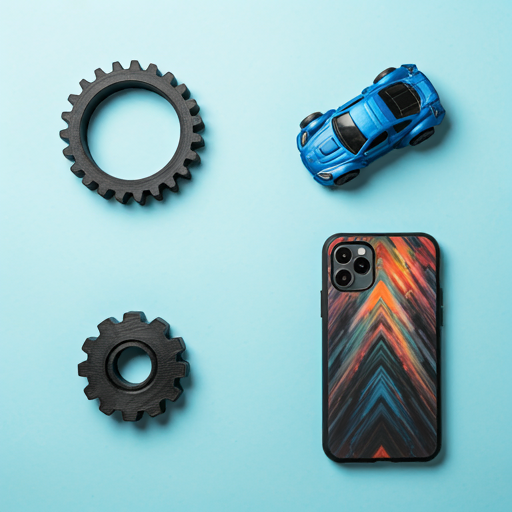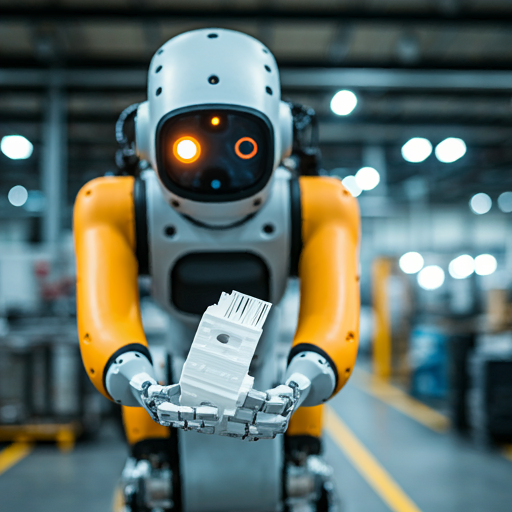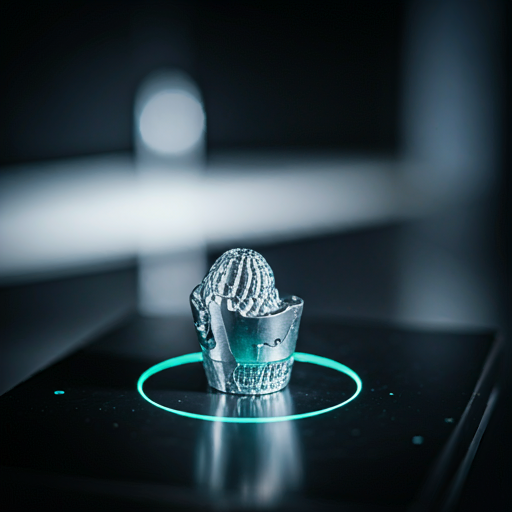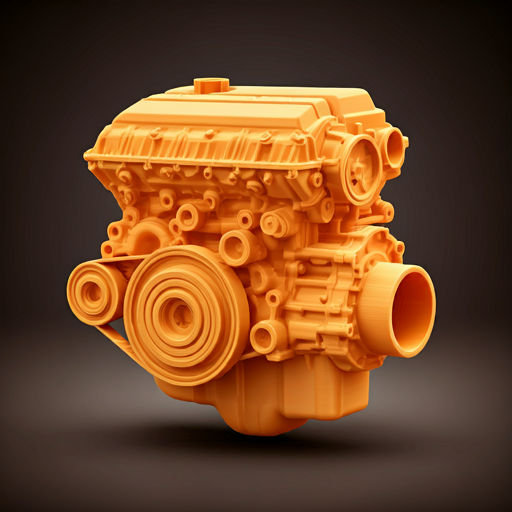
-
How it works
-
Industries
-
Services
-
Material
-
Company
-
Resources













 Industries
Industries
Explore Nylon, a strong and versatile thermoplastic known for its excellent mechanical properties, flexibility, and abrasion resistance—ideal for durable functional parts in FDM 3D printing.
Nylon, also known as Polyamide, is a family of synthetic polymers renowned for their exceptional strength, durability, and flexibility. In the context of FDM 3D printing, Nylon offers a unique combination of high mechanical strength, impact resistance, and abrasion resistance. It is hygroscopic, meaning it absorbs moisture, which can affect printing and final part properties if not properly managed. Nylon's semi-flexible nature allows for the production of parts that can withstand significant stress and strain without fracturing. Its chemical resistance to oils, greases, and solvents makes it suitable for industrial applications. Nylon is widely used in engineering for producing functional prototypes, gears, bearings, bushings, and mechanical components that require toughness and wear resistance. Despite being more challenging to print than materials like PLA or ABS, advances in filament formulations have made Nylon more accessible for 3D printing applications.





 FDM compatible
FDM compatible High Mechanical Strength
High Mechanical Strength Excellent Wear and Abrasion
Resistance
Excellent Wear and Abrasion
Resistance Good Chemical Resistance
Good Chemical Resistance Semi-Flexible Nature
Semi-Flexible Nature Hygroscopic (Moisture
Absorption)
Hygroscopic (Moisture
Absorption) Difficult to Print
Difficult to Print Requires Controlled
Environment
Requires Controlled
Environment Warping Tendencies
Warping TendenciesKey Nylon properties rated to guide you in selecting the best fit for your 3D printing needs.
Nylon is ideal for producing durable, high-strength functional parts that require flexibility and wear resistance. Its mechanical properties make it suitable for industrial components, engineering prototypes, and mechanical assemblies subjected to stress and friction.
 Gears and bearings
Gears and bearings Engine components
Engine components Cable ties
Cable ties Bushings and pulleys
Bushings and pulleys Wear-resistant surfaces
Wear-resistant surfaces Mechanical fasteners
Mechanical fasteners Sporting goods
Sporting goods Tool handles
Tool handles Wearable components
Wearable components Functional testing models
Functional testing models Mechanical parts
Mechanical parts Durable assemblies
Durable assemblies Functional Prototypes
Functional Prototypes Mechanical Components
Mechanical Components Snap-Fit Parts
Snap-Fit Parts Wear-Resistant Surfaces
Wear-Resistant SurfacesExhibits high tensile strength and durability with excellent wear resistance, suitable for parts under mechanical stress.
| Property | Value, metric |
|---|---|
| Tensile Strength | Approximately 65 MPa |
| Tensile Modulus | Approximately 1,800 MPa |
| Elongation at Break (%) | 60% |
| Flexural Strength | Approximately 90 MPa |
| Flexural Modulus | Approximately 1,500 MPa |
| Notched Izod Impact Strength | Approximately 100-150 J/m |
| Shore Hardness | Shore D 75 |
Printing with Nylon requires careful environmental control due to its hygroscopic nature and warping tendencies. It is recommended to dry the filament before printing, use a heated bed, and maintain consistent ambient temperatures. Adhesion aids and enclosures can improve print quality.
| Type | Value |
|---|---|
| Lead Time | 2-6 business days |
| Wall Thickness | Minimum 1.0 mm |
| Tolerance | ±0.20%, minimum ±0.2 mm |
| Max Part Size | Up to 450 x 450 x 450 mm |
| Layer Height | 0.1 mm to 0.3 mm |
Good heat resistance suitable for applications involving elevated temperatures.
| Property | Value, metric |
|---|---|
| Heat Deflection Temperature (HDT) | Approximately 90°C at 0.455 MPa |
| Thermal Expansion Coefficient | Approximately 80 x 10^-6 /°C |
| Thermal Expansion (Scale 0-100) | 75 |
| Max Service Temperature | Up to 85°C before significant deformation may occur |
Acts as an electrical insulator with good dielectric properties.
| Property | Value, metric |
|---|---|
| ESD Safety | Standard Nylon is not ESD safe; ESD-safe grades are available. |
| Conductivity | Non-conductive; insulating material |